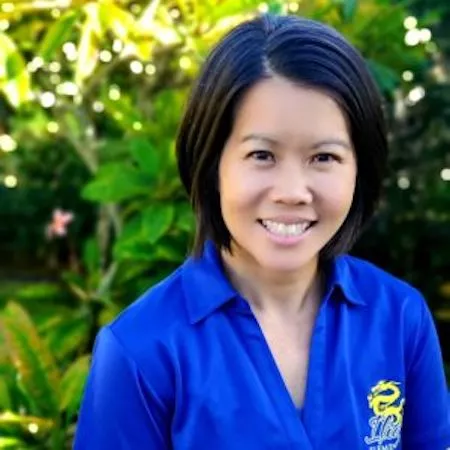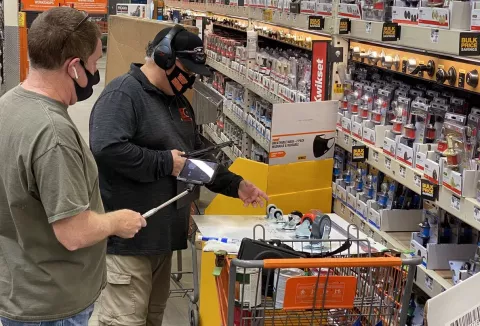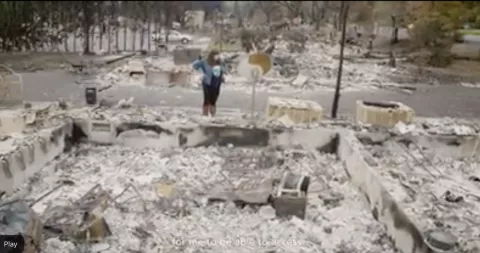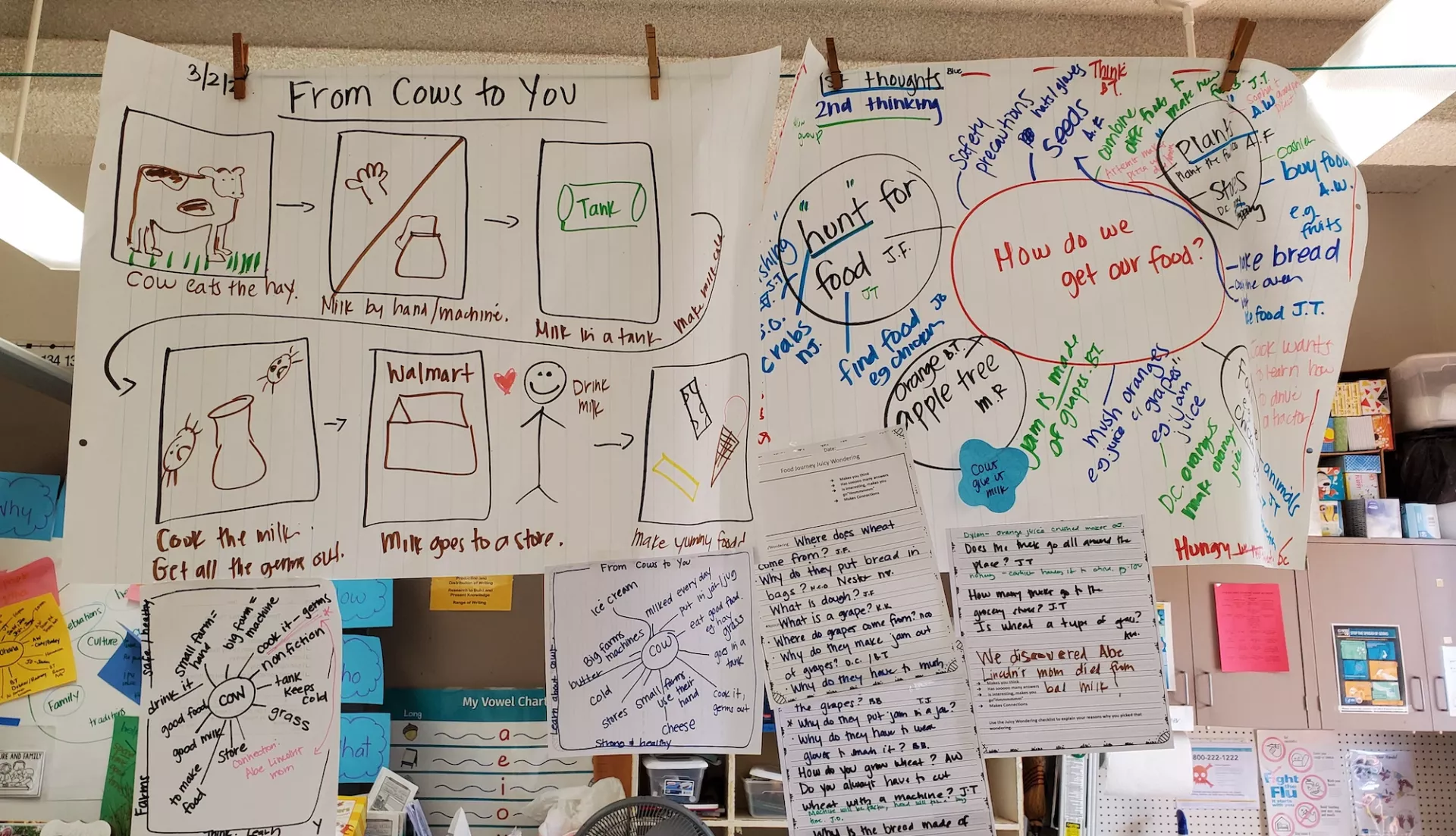Key Takeaways
- We asked NEA members to tell us about the colleagues who inspired them this year, through the challenges of the pandemic.
- In response, we heard about a woodworking teacher who filmed his lessons in the aisles of Home Depot, about an elementary teacher who found just the right book, and more.
- Even in the toughest of times, educators were creative, innovative, and inspired by their students and each other.
Whether you’re a veteran educator or newbie, this school year has been a voyage into uncharted waters, forcing many of you to navigate new technology, locate absent students, and fish for innovative solutions.
And yet, despite the challenges presented by the COVID-19 pandemic, many of you struck gold in your classrooms— virtually and in person. We asked NEA members to tell us about colleagues who improved teaching and learning for students this year.
These are just a few of the stories of creativity, perseverance, and sheer inspiration that you shared.
A Philosophy that Works
“To be honest, this has been my best teaching year!” says Wahiawa, Hawaii, first-grade teacher Denise Low-Liu. “I think it’s because I’m able to be innovative and use my creativity to make teaching work.”
This year, while meeting the challenges of teaching during a pandemic, Low-Liu also completed her master’s degree at the University of Hawaii, where her studies focused on philosophy for children (p4c), an approach that encourages students to think, investigate, and reflect together. “Her positivity and drive is infectious,” wrote an anonymous colleague who told NEA about Low-Liu’s work this year.

“We teach the kids how to be critical thinkers, how to reason,” Low-Liu explains. Normally, this happens in physical proximity, with students sitting together in a circle, passing around a “community ball” of yarn as they ask questions and offer ideas, which Low-Liu records on a chart. The end goal is to have a “lived-in, philosophical classroom,” she says. “And, believe it or not, I have achieved that this year!”
Of course, it looked different when learners were on screens. Instead of a circle, they have gallery view on Zoom. Instead of passing a ball of yarn, they simply take turns. Online, her Iliahi Elementary School students also “see” each other much less frequently. “So I remind them, ‘Braxton said this yesterday, can you add to that thought?’” Low-Liu says. Technology has been a challenge, but it also has been an asset. As many parents supervise their children’s at-home instruction, the parents occasionally chime in.
“We have been able to bring parents’ thoughts into our circle!” she says.
And, even though the pandemic has been a traumatic event for many children, Low-Liu feels confident that the p4c approach, which emphasizes collaboration and community, has minimized the effects of trauma. “Because of the way I run my class, the students are OK. I built a community, and they all feel safe in it,” she says.
Lifting a Child’s Spirit
When Rachel Danay read from the book I Believe I Can by Grace Byers, her mind went straight to one of her first graders. “Like the hero, I am brave and face my fears despite my fright," writes Byers. "Because I know I’m not alone, and in the end, I’ll be all right." While the pandemic raged, this first grader’s mother was jailed. He was angry, disappointed, and, most of all, heartbroken.

One day during virtual learning, Danay read the book aloud to her class at Kennedy Elementary School in Green Bay, Wis. The next day, this student didn’t want to hang up from virtual class, asking her, “Would you read that book to me again? It makes me feel better.” Inspired by his smile, Danay came up with the idea of a virtual readers’ theater. With money from the DonorsChoose fundraising website, she bought a copy of the book for every child in her class and assigned each child a line to read on video. Together, they created a virtual, collaborative performance of the text.
“We felt like we were building community in our classroom, even though we were virtual and had never been in the same room,” Danay says.
Teaching from Home Depot?
How do you teach woodworking when the woodshop is closed? California’s Rancho Cucamonga High School teacher Michael Lindensmith had an idea: Why not do live, interactive classes from his local Home Depot? He kept students engaged by asking them to select materials through online polls and track supply costs on interactive spreadsheets. After 25 years in the classroom, Lindensmith never imagined that teaching would look like this!
Total Dedication
Brooke Ceh is a teaching assistant (TA) at Westmont High School, in Illinois, who can’t say no to helping teachers and students. Her only goal? Student success.
In the “before time,” Ceh provided one-on-one help in the physical classroom. This past year, she’s been online, going above and beyond to meet with students outside the school day, even helping students in classes that she does not TA in. The anonymous colleague who told NEA about Ceh calls her amazing, remarkable, and totally dedicated to students.
Rising from the Ashes

In September, the Almeda wildfire burned through 2,700 structures north of Ashland, Ore., killing three people. Among the thousands of people who lost their homes were teacher Kerri Brooks and her 5-year-old son.
The loss was hard, painful, and complicated by the pandemic, but nothing deters Brooks from her work.
She serves elementary school students with multiple and severe disabilities in the Phoenix-Talent School District. Most of her students are learning self help and life skills, which are impossible to teach at a distance, and some don’t have access to computers. So until students could return to campus, Brooks and instructional assistants from RISE—a program Brooks started—visited the students’ homes. Resilient and dedicated, Brooks is unstoppable in her service to students.


